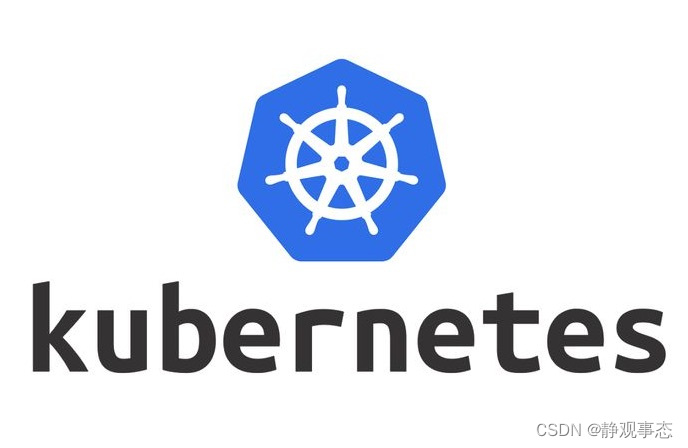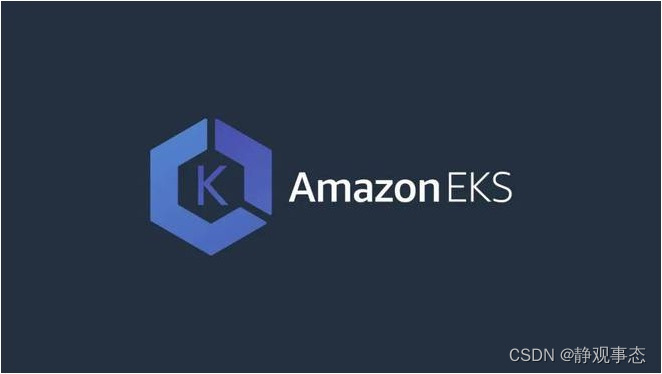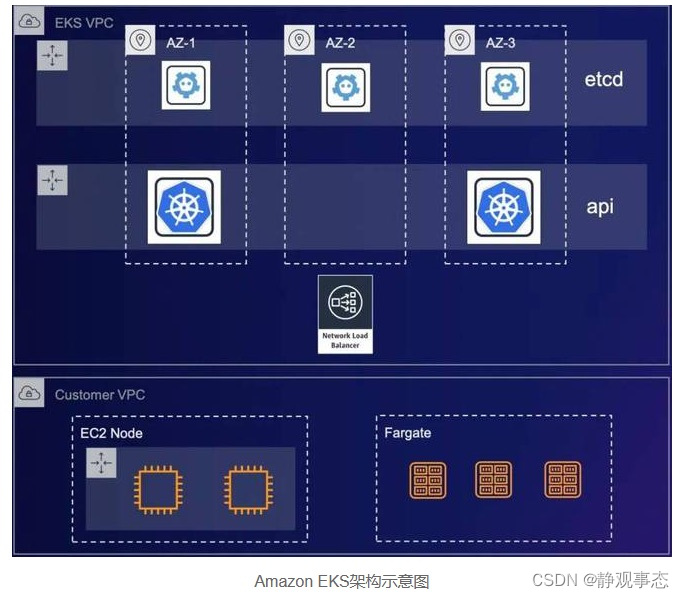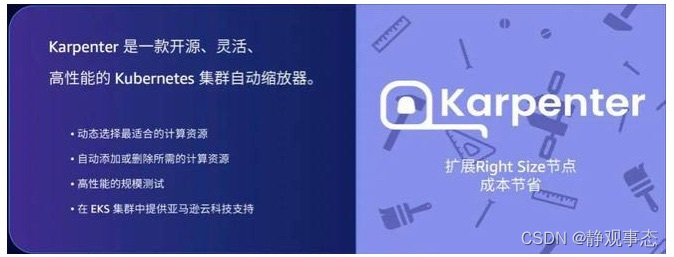As the whole society and people move toward digitalization, apps with 100 million monthly active users are no longer uncommon. Not to mention some software that we cannot live without every day, even knowledge platforms like Zhihu have achieved over 100 million monthly active users. .
Even so, few of these star apps can withstand more than 1 million queries per second - but there are always exceptions. Skyscanner is an app that can search millions of routes on more than 1,000 airlines. Once As the holidays approach, Skyscanner’s query volume per second will quickly soar to a huge volume of millions per second.
In fact, the secret of Skyscanner is simple: Kubernetes. As an open source technology for managing containerized applications on cloud platforms, Kubernetes brings revolutionary new mechanisms for the planning, deployment, update and maintenance of modern applications.

Make container operation and management easy
Amazon EKS is a managed service of Amazon Cloud Technology that provides highly available, scalable, and secure Kubernetes services. As an active participant and contributor in the community, it is very important that Amazon EKS remains 100% compatible with upstream Kubernetes.

Many manufacturers often make "magic modifications" to open source projects. The so-called "magic modifications" are to modify the software and hardware to a certain extent to enhance or optimize their functions and temporarily meet or approach customer needs. Although not the norm in many current digital projects, it is not uncommon.
However, after all, "magic modification" violates the designer's original technical assumptions and system architecture, will inevitably bring about a series of problems such as stability and security, and is likely to lead to unpredictable and serious consequences.
Amazon Cloud Technology will not make any "magic changes". In other words, no matter what the upstream Kubernetes looks like, Amazon Cloud Technology will strictly adapt and transplant it on the cloud in the form of cloud native to ensure that customers' business applications can run perfectly in it.
At any given time, Amazon EKS is guaranteed to support at least four production-ready versions of Kubernetes. At the same time, Amazon EKS also provides 14 months of version technical support, which is significantly longer than the community's 9 months. This means that even versions that are no longer supported by the community can still be supported on Amazon EKS.

For software like Kubernetes, there is still a long way to go from the open source community to the final production environment, including integration with cloud security and other capabilities, and compatibility with other components. In processes such as performance testing and network adaptation, customers often need to do a lot of work that is similar to "reinventing the wheel."
This is not the case with Amazon EKS. Amazon Cloud Technology's technical and service teams have helped to do the above complicated and boring work. Thanks to this, customers can directly invest all their energy and resources into their own container business and easily build reliable, stable and secure applications.
Amazon EKS not only brings high-performance, reliable, and secure Kubernetes services, it also makes the operation and management of Kubernetes easier than ever.
For example, in terms of cluster management, which is daunting and daunting, Amazon EKS provides one-click upgrades to the control plane and data plane, making previously complex operations extremely easy to use, powerful, and secure.
Press the “accelerator” button for modern applications
With the Internet-based development of enterprise business, large-scale container business applications have become an indisputable fact. Facing the ever-changing market, enterprises need to keep pace with the times and bring out the new, and there will always be a large number of new businesses ready to go online.
However, starting hundreds or thousands of PODs will inevitably bring about many problems, such as excessive consumption of system resources and serious lag in storage performance... So, what significant improvements can Amazon EKS bring?
In terms of supporting large-scale container business applications, Amazon EKS not only has a high-availability architecture, but also includes advantages such as elastic scaling, shared service platform, and cost visualization.
Taking elastic scaling as an example, Amazon Karpenter has to be mentioned here. As a new generation of Kubernetes automatic expansion tool, Karpenter's performance is amazing: it will dynamically select the most suitable computing resources, automatically add or delete required computing resources, conduct high-performance scale testing, and more.

No words, let the numbers speak for themselves. In an environment where the Amazon EC2 specification is c5.large, Cluster Autoscaler takes more than 4 minutes to increase the capacity from 0 to 100, and Karpenter only takes 2 minutes; to reduce the capacity from 100 to 1, Cluster Autoscaler takes more than 6 minutes. Karpenter only takes 30 seconds.
As business application containerization continues to deepen, more and more customers are building shared service platforms based on Amazon EKS, aiming to take into account both security management and development flexibility. The large-scale use of microservices and containerization accelerates the iterative launch of business applications and facilitates developers. However, from an operation and maintenance perspective, it also provides rapid on-demand configuration and supply of required cloud resources as well as security and compliance control. brought challenges.
Customers balance the conflicts between development and operation and maintenance by building a shared service platform on Amazon EKS. The shared service platform is essentially a pre-defined available template for operation and maintenance, including database, node size, etc., which developers can use on demand, truly allowing operation and maintenance and development to "look at each other and forget their grudges."
In fact, all the above magics are based on IaaS (Infrastructure as Code). Due to this code base style, customers can quickly deploy a large and efficient infrastructure with just a few lines of code, which is even simpler than laying out building blocks.
Currently, hundreds of thousands of customers are using the Amazon EKS platform to deliver and run countless modern applications. In terms of building a shared service platform, Amazon EKS provides Blueprints solutions, which are integrated with the commonly used Kubernetes ecological tool chain and are highly scalable and customizable to meet the stringent requirements of various modern applications.
In the development trend of digitalization, more and more enterprises are standing out. Thanks to the series of services provided by Amazon Cloud Technology, start-ups can also realize their entrepreneurial dreams based on the most advanced infrastructure and better cost control.